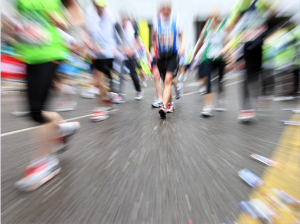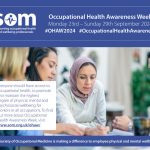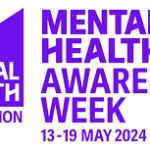Part 2: Overcoming Barriers to Movement
Since 2001, Mental Health Awareness Week, led by the Mental Health Foundation, has united the UK to prioritise mental well-being.
This year’s theme, ‘Moving more for our mental health,’ underscores the powerful link between physical activity and mental well-being.
Despite the known benefits, many still struggle to incorporate movement into their daily lives.
Introduction:
In the second installment of our blog series, we confront the systemic barriers that hinder access to physical activity and explore strategies for fostering inclusivity and equity in movement.
Socioeconomic Disparities and Access to Resources:
For many individuals, socioeconomic factors pose significant barriers to engaging in regular physical activity.
Limited access to safe recreational spaces, lack of affordable fitness options, and time constraints due to work and caregiving responsibilities create formidable obstacles.
Addressing these disparities requires collaborative efforts from policymakers, community leaders, and grassroots organisations to ensure that everyone has equitable access to movement opportunities.

Cultural and Societal Norms:
Cultural attitudes and societal norms surrounding body image, gender roles, and athleticism can influence individuals’ perceptions of physical activity and exercise. Stigma, shame, and fear of judgment may deter some from pursuing movement opportunities. By fostering inclusive and body-positive environments, challenging stereotypes, and celebrating diverse forms of movement and expression, we can create a culture that embraces and celebrates everyone’s right to move.
Conclusion:
As we conclude the second installment of our blog series, we are advocating for systemic change, fostering empathy and understanding, and championing diversity and inclusion, that may pave the way for a more equitable and accessible future of movement.







